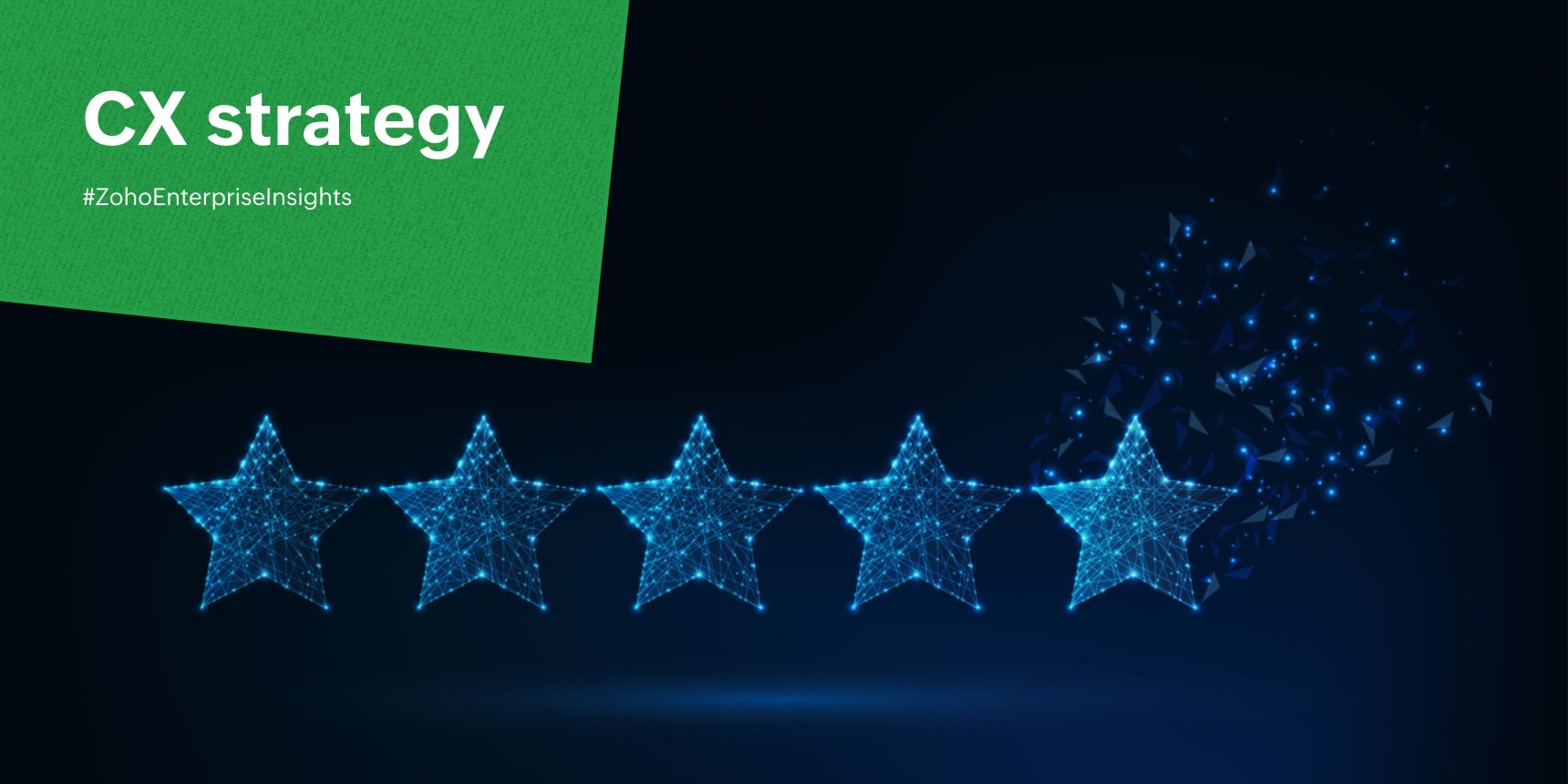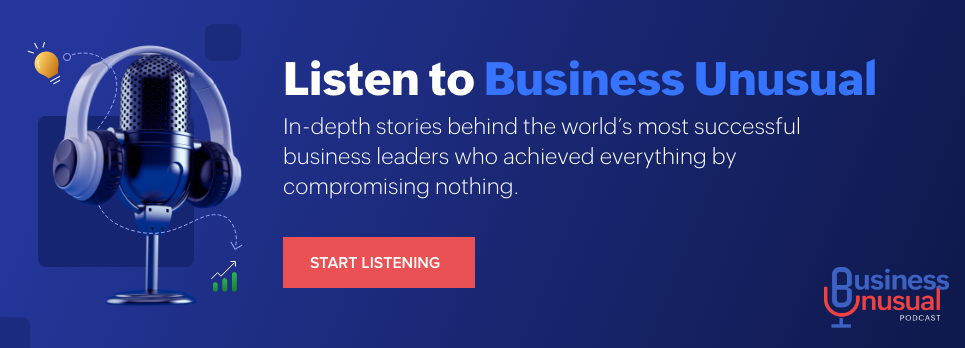Last year, the tech world saw significant advancements, many of which promised to help businesses forge deeper and more loyal connections with their customers. However, Forrester research revealed a contrasting outcome: The customer experience declined for the third year in a row. This was consistent with KPMG's finding that the majority of US businesses are consistently falling short of customer expectations.
Executives have offered a number of theories to explain CX decline, ranging from overreliance on technology to a lack of organizational alignment. But zeroing in on the precise factors impacting CX—and developing targeted strategies for improvement—has proven a considerable challenge for many businesses.
As they grapple with increased technological complexity, mounting customer expectations, and a growing number of platforms for engagement, businesses are making an unprecedented number of decisions that impact CX. Only through strategic improvements to organizational data processes can they identify the strengths and shortcomings of their CX offerings, and take informed steps toward optimization.
Business leaders should focus on improvements in the following key data categories:
Cross-functional customer data
Throughout their journeys, customers reveal a variety of sentiments, expectations, and preferences about companies and their offerings. Unfortunately, due to the prevalence of data silos, key stakeholders are often left in the dark. This makes it difficult to build accurate customer profiles and deliver the types of personalized and holistic experiences customers have come to expect.
When your business prioritizes the visibility of cross-functional data, stakeholders can gain valuable insights into customer behavior at a variety of critical touchpoints. From there, it's easier to incorporate customer-centric improvements into every area of your business strategy. For instance, R&D teams can develop upgrades and patches that address concerns customers have shared with support agents. Marketers can plan campaigns around "in-demand" products identified by their sales teams. And sales agents can use a variety of cross-channel analytics to connect with leads about relevant products at appropriate times.
Improving the flow of data within your organization is key for developing a more data-centric company culture. In the coming year, a third of CX-decision makers plan to do so by increasing spending on CRM, BI, and digital intelligence tools. When combined with efforts to improve org-wide data literacy, these investments can lead to broader data access, more fruitful collaborations, and ultimately, more meaningful CX.
Technology performance data
Using advanced technology, like AI and ML, businesses can create highly personalized messaging, prevent communication delays, and accelerate support resolutions. But at a time when 59% of customers feel that businesses are lacking a human element, good CX must strike the right balance between live engagement and technology-driven experiences.
When it comes to tasks that require empathy or nuance, some advanced technologies tend to fall short. This means they may under-deliver when providing support for complex issues or recommending products to meet unique or intricate customer needs. That's why it's essential to roll out tech implementations gradually—and continually monitor their impact on CX.
An analytics platform that supports cross-departmental dashboards can help executives identify critical correlations between software implementations and customer satisfaction. This makes it easier to determine which CX tasks can be delegated to your AI and automation tools (such as providing product information on your ecommerce platform), and which would be better handled by a live agent (such as product troubleshooting).
Data that drives trust-building initiatives
Consumers have big concerns about data privacy—and with good reason. As technology evolves, businesses are being targeted by cyber threats that are more advanced, more frequent, and more damaging than ever before. Those that fail to protect customer data from breaches and other attacks risk losing their customers' trust—and their business.
To give your customers peace of mind and maintain a positive brand reputation, it's crucial to monitor your business processes closely, so you can quickly shore up any vulnerabilities that emerge. AI-enabled software tools can help you identify anomalies in your data, such as corrupted files, which could pose a risk to your security systems. They also make it easy to monitor internal activities and ensure that only authorized stakeholders are accessing sensitive information (and that they're following established protocols when they do so).
Meanwhile, data cleaning software can play a key role in helping your company maintain both internal and external security standards. When you're working with clean, high-quality data, you're in a strong position to improve reporting and compliance with company, industry, and regional regulations. This can go a long way toward building a more secure business, and bringing transparency, credibility, and trust to your customer experience.
Investing in a data-driven future
While there may not be a one-size-fits-all solution to CX decline, clean and accurate data can help point you in the direction that's right for your business. This means that robust systems for data governance and hygiene will be essential for achieving your CX goals throughout the year.
Maintaining these systems is often easier when you have comprehensive data and analytics tools in place. These could take the form of a powerful analytics platform, an AI-enabled CRM, or even an automated data cleaning tool. While new software always requires some investment of time and resources upfront, your business stands to gain a significant CX advantage in the long run. The better your data, the better equipped you will be to forge stronger and more loyal relationships in the years ahead.
Zoho offers a suite of intelligent enterprise business software, including an award-winning CRM suite, the industry's only comprehensive analytics and BI platform, and a powerful low-code development ecosystem.


